New research based on data collected by China's Zhu Rong robot indicates that an ancient ocean once existed on Mars.
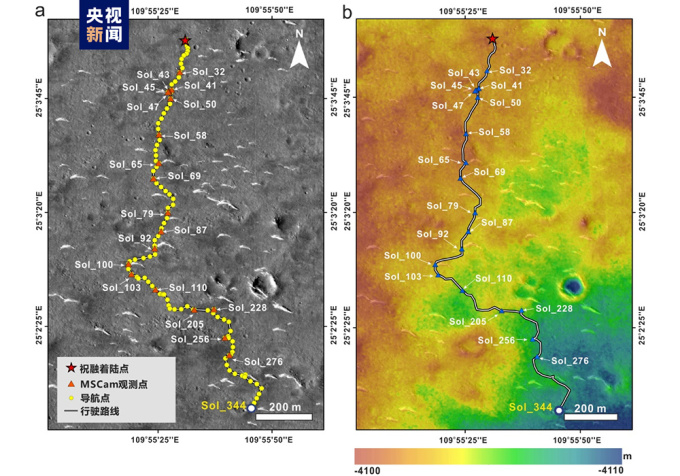
Map of Zhu Rong's route and the terrain where the robot moves. Photo: China Media Group
Professor Xiao Long's research team at the School of Earth Sciences at the China University of Geosciences (Wuhan) conducted a detailed analysis of the scientific data collected by the cameras mounted on the Zhu Rong robot. The new study was published in the academic journal National Science Review on May 18.
The Chuc Dung robot landed on May 15, 2021, in the vast plain of Utopia Planitia in the northern hemisphere of Mars. According to the study, this location is located in the Vastitas Borealis Formation (VBF), whose outer edge has features similar to a coastline, creating an opportunity to verify the existence of ancient marine sediments.
While previous research has found evidence of an ocean in the northern Martian lowlands, the lack of in situ data on the VBF has made this controversial. Thanks to Zhu Rong, researchers can now conduct the first in situ analysis of the VBF.
During its approximately 1,921-meter (6,200-foot) journey after landing, Zhu Rong traveled south toward what may be the coast, exploring the surface features of VBF. The robot deployed various imaging and analysis systems to observe numerous rocky outcrops and surface rocks. Among them, the terrain and positioning cameras captured 106 sets of panoramic images, recording details of the surface sedimentary structure and characteristics of various rock types.
Examining images sent back by Zhu Rong’s camera, the team found that the rocks here have many characteristics that are significantly different from volcanic rocks commonly found on the Martian surface or typical wind-formed sediments, but are more similar to those found in low-energy shallow marine environments. They said that the structures and sedimentary features in the surface rocks suggest that the VBF formed in a marine environment, providing direct evidence of the existence of an ancient ocean on Mars.
The new discovery provides information that will help reshape the history of Mars. "Careful exploration and sampling of the area in the future will help us understand more about the possibility of Mars harboring life and the preservation of traces of life there," Xiao said.
The Zhurong robot is part of the Tianwen-1 mission, which means “questions to heaven,” and includes a lander and an orbiter. The six-wheeled robot weighs 240 kg and carries six scientific instruments to study the geology and climate of the Utopia Planitia region. With this mission, China became the second country in the world to successfully operate a robot on Mars, after the United States.
The solar-powered Zhu Rong rover went into hibernation in May 2022 due to dust storms and cold conditions on Mars. It was supposed to wake up around December 2022, when the northern Martian winter ends and sunlight becomes more abundant, but so far the robot has remained silent. Zhang Rongqiao, chief designer of China's Mars exploration program, said on April 25 that it is likely that the robot cannot produce enough electricity to wake up because dust covers its solar panels.
Thu Thao (According to CGTN )
Source link


![[Photo] Draft documents of the 14th Party Congress reach people at the Commune Cultural Post Offices](https://vphoto.vietnam.vn/thumb/1200x675/vietnam/resource/IMAGE/2025/10/28/1761642182616_du-thao-tai-tinh-hung-yen-4070-5235-jpg.webp)

![[Photo] National Assembly Chairman Tran Thanh Man received a delegation of the Social Democratic Party of Germany](https://vphoto.vietnam.vn/thumb/1200x675/vietnam/resource/IMAGE/2025/10/28/1761652150406_ndo_br_cover-3345-jpg.webp)


![[Photo] Flooding on the right side of the gate, entrance to Hue Citadel](https://vphoto.vietnam.vn/thumb/1200x675/vietnam/resource/IMAGE/2025/10/28/1761660788143_ndo_br_gen-h-z7165069467254-74c71c36d0cb396744b678cec80552f0-2-jpg.webp)


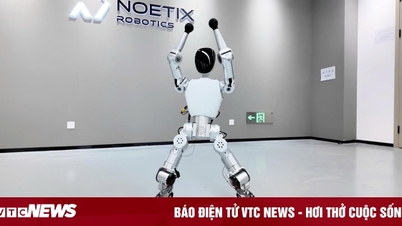




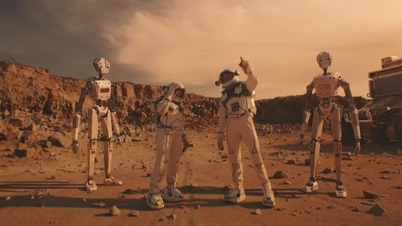

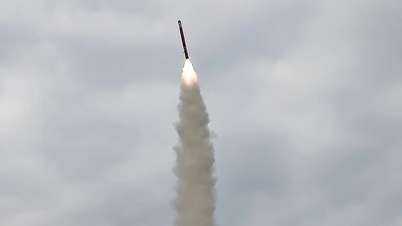







![[INFOGRAPHIC] TP-Link UA430D, Compact card reader, luxurious aluminum case](https://vphoto.vietnam.vn/thumb/402x226/vietnam/resource/IMAGE/2025/10/29/1761705501354_thumb-dau-doc-the-jpg.webp)










![[Photo] President Luong Cuong attends the 80th Anniversary of the Traditional Day of the Armed Forces of Military Region 3](https://vphoto.vietnam.vn/thumb/1200x675/vietnam/resource/IMAGE/2025/10/28/1761635584312_ndo_br_1-jpg.webp)























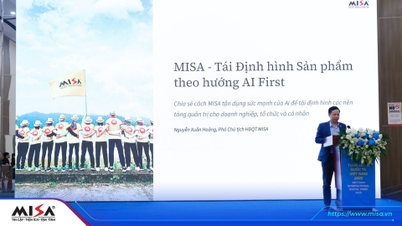




























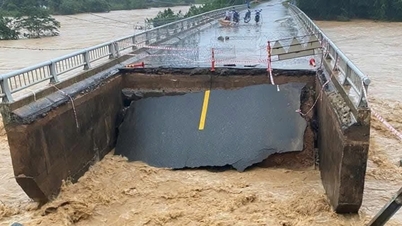


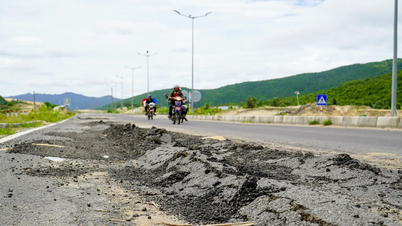



















Comment (0)